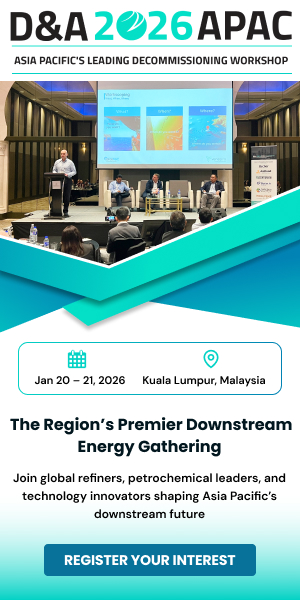Hythem Rizk, Middle East operations manager, Inspection at DNV shares lessons from Saudi Arabia in delivering local content and local value
A key pillar of the nation’s Vision 2030 blueprint, the “In-Kingdom Total Value Add” (IKTVA) program aims to increase the percentage of local spending on goods and services and domestic capabilities, as well as local talent.
Longer term the ambition is to diversify Saudi Arabia’s economy beyond oil, giving greater attention to local businesses and jobs for Saudi nationals. Paradoxically it is procurement power, wielded through the likes of state-owned oil giant Aramco, that means the country is able to drive these initiatives.
Even now, just halfway through the decade, the program has delivered significant changes. Success is no longer measured by the number of projects delivered, but in the long-term value created for people and communities. These successes will chart Saudi Arabia’s course for decades to come.
Just two years ago, DNV’s Inspection business unit began its journey in Saudi Arabia with a clear mission to support the Kingdom’s ambitious development under Vision 2030. What started as a focused partnership with Aramco in the oil and gas sector has since evolved into a dynamic, multi-sector presence that reflects both Saudi Arabia’s transformation and DNV’s commitment to sustainable growth and technological excellence.
The company’s first major milestone came with one of Aramco’s largest inspection contracts, providing support for all of its CAPEX projects across the Kingdom. This achievement set a precedent for long-term collaboration on critical national infrastructure programs that underpin Saudi Arabia’s energy and industrial future. But of course, this work was guided by the IKTVA program.
Changing the game
For those businesses that are established in the Kingdom and have been for years, the IKTVA program has changed the game. For DNV, it meant making localisation and skills development central to our business strategy, ensuring that our growth in the region directly supports the national workforce and knowledge economy.
At the heart of this is a commitment to support education and professional development, including partnering with local institutes to sponsor Saudi students in technical diploma programs, equipping them with the skills needed for future careers in inspection and quality control.
But Saudi Arabia is interested in outputs, not pledges. As such, it was a major milestone this year when DNV celebrated the graduation of its first cohort of young Saudi women, who completed a two-year diploma in quality control and building inspection. The program combined academic study with hands-on practical training, mentorship and on-the-job experience guided by DNV professionals. Many of these graduates are now preparing to join the workforce, contributing to Saudi Arabia’s growing industrial and engineering sectors. It is these young professionals that represent the future of Saudi talent and innovation.
Leading through Saudisation
But any localisation journey in the Kingdom must extend well beyond training. DNV’s Saudisation rate now exceeds 50%, the result of a sustained effort to prioritise local employment in both technical and leadership positions.
We have already appointed Saudi professionals to key roles, a prerequisite for long-term success in Saudi Arabia. It is more than just a box ticking exercise to ensure compliance with IKTVA expectations, it also genuinely embeds the business in the communities and sectors we serve.
By investing in locals and local supply chains, partnering with national organisations, and embedding ourselves in regional industry ecosystems, we can do our bit to create value that extends beyond business outcomes.









